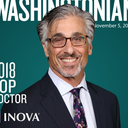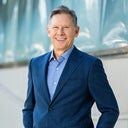I'm a 35 year old female and due to early aging because of hereditary traits. I'm interested in a Cheek lift procedure. It seems from what I've read that there are different types of Cheek Lift procedures, including one that hides the incisions within the hair line/ follicles and through the inside of the mouth.Can someone please elaborate on what is available and the pros/cons/benefits of each different type of Cheek Lift? Also, would a Cheek Lift address both undereye hollow area and the cheek sagging on the sides of the mouth as well as the upper cheek area. Thank you.
Answers (12)
From board-certified doctors and trusted medical professionals

Dr. Philip S. Schoenfeld, MD, FACS
Board Certified Facial Plastic Surgeon
Answer
More Cheek Lift Questions
See all Cheek Lift Q&AWE SEND PRETTY
EMAILS
What’s trending? Who’s turning heads? Which TikTok myths need busting? We’ve got you. No fluff, no gatekeeping—just real talk. Get our free, unfiltered newsletter.




